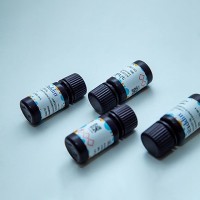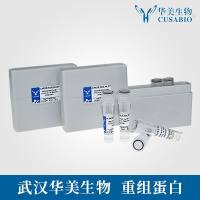Carbon Nanotubes as Intracellular Carriers for Multidrug Resistant Cells Studied by Capillary ElectrophoresisLaserInduced Fluorescence
互联网
互联网
相关产品推荐

Recombinant Tartrate Resistant Acid Phosphatase Antibody,ExactAb™, Validated, 重组, Lot by Lot,阿拉丁
¥499.90

Proteinase 3 (PR3; non recombinant),≥80% capillary electrophoresis,阿拉丁
¥2600.90

Furin human,重组, ≥95%(SDS-PAGE), expressed in HEK 293 cells,阿拉丁
¥5110.90

Recombinant-Multidrug-resistance-like-ATP-binding-protein-MdlBmdlBMultidrug resistance-like ATP-binding protein MdlB EC= 3.6.3.44
¥14056

Recombinant-Serinethreonine-protein-kinase-flr-4flr-4Serine/threonine-protein kinase flr-4 EC= 2.7.11.1 Alternative name(s): Fluoride-resistant protein 4
¥13846
相关问答

